This strawberry yogurt bowl is easy to make. It's light. It tastes lovely, and the combination of protein, fat, and carbohydrates provides satiating energy. It takes about five minutes of active time in the kitchen, meaning that you're able to eat wholesome, nourishing foods that don't require a lot of time.
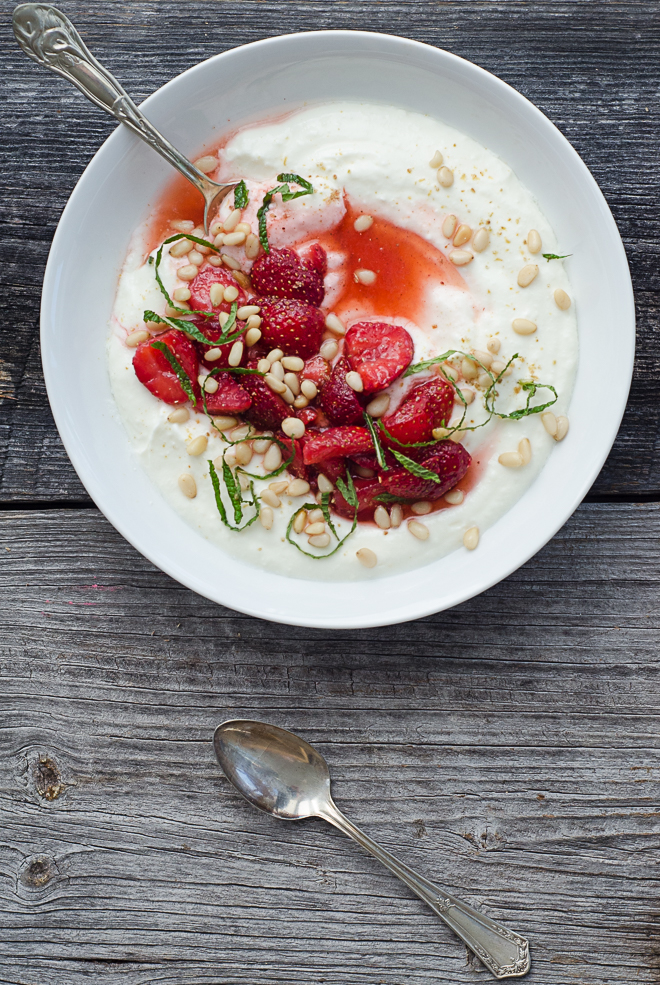

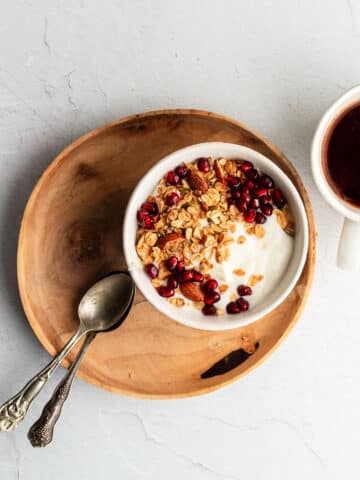
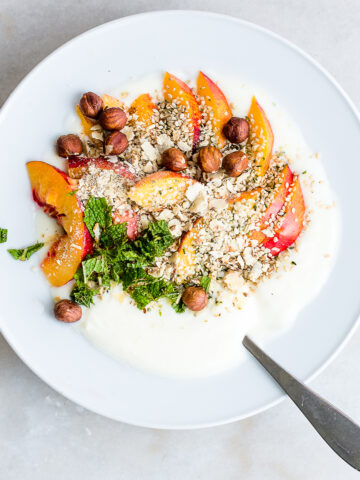
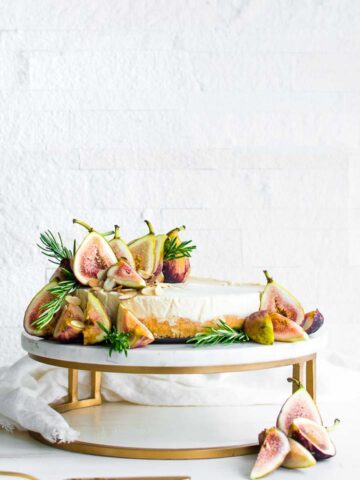
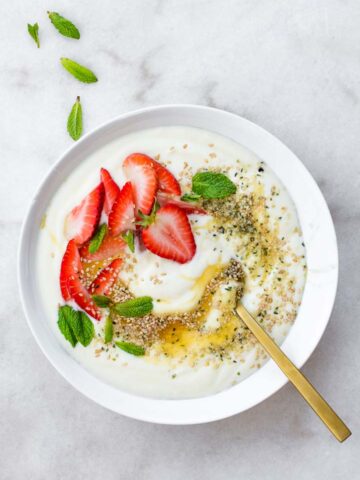
Mary Bee says
I love how thoroughly written your posts are. It's great to see that you're substantiating your claims with evidence, giving people the chance to do their own research, and making sure to specify when evidence is slim about the supposed benefits of a particular food.
I don't know if bee pollen in particular helps my allergies at all, but I do love eating it with my yogurt. I add it to my tea, along with honey and lemon, whenever I get sick. Maybe it doesn't help, but it makes me feel better, and it certainly doesn't hurt. I think it would only help with allergies if the pollen included pollens from species to which you're specifically allergic, and even then, only if you ate sufficient quantities - e.g., if you put it on everything you ate. Most people can't afford that. 😉 I'll just keep sprinkling it in my tea and yogurt.
Anna says
this looks so beautiful and delicious!!!
Lauren | The Soaked Bean says
Gorgeous post, Jenny & a happy Summer Solstice to you!
I'm curious about bee-pollen -- here in Switzerland, many bee-keepers say that in order to receive any benefits from the pollen, you must take it sub-lingually (like a B12 supplement) first thing in the morning, before eating or drinking anything. It's confusing because so many nutritionally-minded folks (myself included) in the U.S. add to it yogurts, smoothies & the like. Have you (or anyone else out there) heard anything in this vein?
<3
Jenny says
Hi Lauren! I don't think there's enough (or any) research differentiating between sublingual use of pollen vs. eating it. I don't imagine that the position of the beekeepers would be born out if there was any research. The only thing I can think of is that many things are absorbed faster subliguinally (like B12 or melatonin supplements) though I'm not certain that's true of bee pollen.
Sarah Atshan says
Oh man, I love mint and pine nuts with strawberries. I do a salad with those plus sumac and golden brown halloumi. Such great favor combos.
I don't often use bee pollen in my cooking, and the sweet faint floral note you describe sounds perfect paired with the other spices. I need to pick up more strawberries to try this out. Thanks for the recipe Jenny.